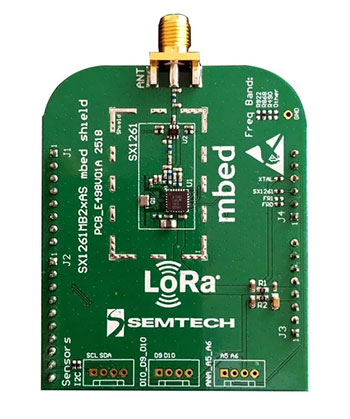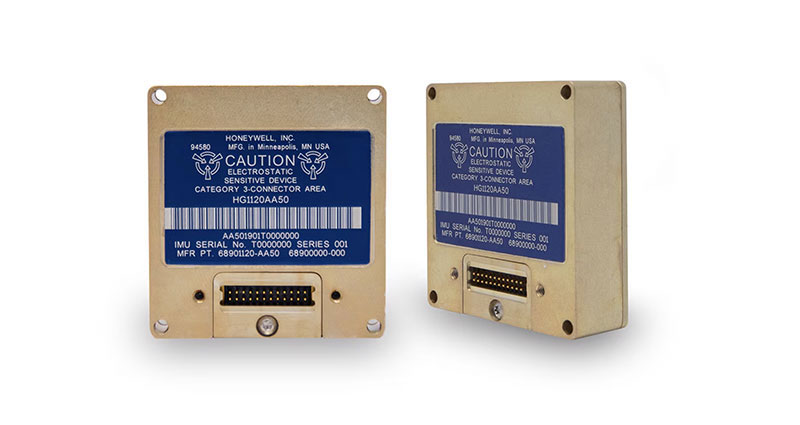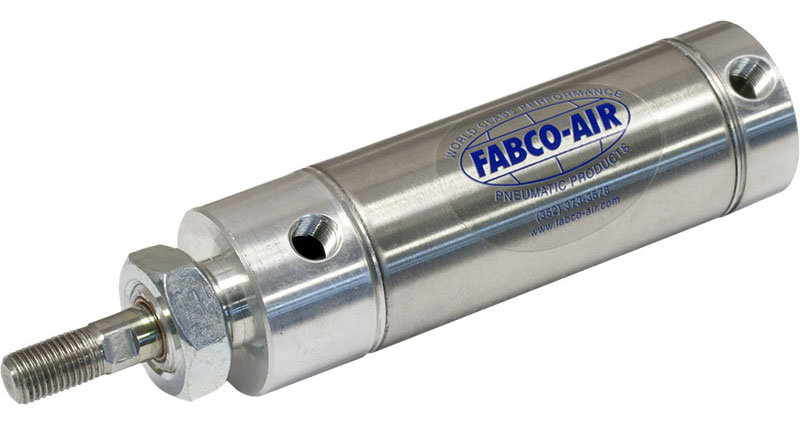The Cautionary Tale of Loran and LoRaWAN
Confuse radio-based LoRaWAN and radio-based Loran at your peril. Both technologies are fascinating stories about how connectivity and communications technologies become winners, and others become romanticized relics. While Loran has yielded to satellite-based solutions, LoRaWAN is handily outpacing NB-IoT, Sigfox, and LTE-M adoption for certain applications. But there is value in supporting underdog systems as use-case alternatives and robust backups.
Nearly 20 years ago, the U. S. Department of Homeland Security deactivated the long-range navigation known as Loran, and the nation became primarily reliant on satellite-based global positioning systems (GPSs) and radar for marine and aeronautical navigation. The World War II-era Loran system used a global network of ground-based towers synchronously transmitting radio signals to receivers; the latter then compared the closest towers’ signal arrival times to tease out geographical location with stunning accuracy.
Many security experts and communications enthusiasts lamented Loran’s passing, as it provided a simple and robust land-based backup for navigation having none of the vulnerabilities of satellite-based systems. A digital eLoran replacement has failed to gain much traction.
It’s ironic that the technology called LoRaWAN (which stands for Long Range Wide Area Network) is now squeezing out other competitive technologies in its field of application.
 Figure 1: When it was operational, the last iteration of Loran (Loran-C) used the 90 to 110-kHz frequency range to support the extraction of data. LoRaWAN uses the 863 to 928-MHz frequency range to transmit data. (Image source: Lisa Eitel)
Figure 1: When it was operational, the last iteration of Loran (Loran-C) used the 90 to 110-kHz frequency range to support the extraction of data. LoRaWAN uses the 863 to 928-MHz frequency range to transmit data. (Image source: Lisa Eitel)
LoRaWAN is a high-efficiency communication technology akin to a kind of low-data long-range Wi-Fi for IoT devices in agriculture, public utilities, and industrial tracking applications. In short, it employs wireless signals of the physical layer protocol on a narrow 863 to 928-MHz frequency spectrum (with the exact frequency dependent on the region) to carry data over a few kilometers in urban settings and well beyond 10 km in rural settings. Modulation around a central frequency carries data in a way that’s relatively immune to interference — even over kilometers and through various structures.
Industrial and governmental adoption has been steady, especially over the last decade. LoRa-based LoRaWAN solutions can be more cost-effective than solutions based on cellular networks in part because LoRaWAN doesn’t rely on satellites in space to operate. Plus, its network components are affordable, as is imparting LoRaWAN capabilities to devices. Here, LoRa technologies’ use of unlicensed radio frequencies means component suppliers can deploy solutions sans the regulatory barriers of other solutions.
 Figure 2: SX1250 sub-GHz RF chips work with Semtech’s SX1302 baseband engine to let engineers design gateways for point-to-point or local mesh LoRa networks or more powerful and far-reaching LoRaWAN networks. They cover any frequency band below 1 GHz to support use of various license-free bands employed for IoT applications. (Image: Semtech Corp.)
Figure 2: SX1250 sub-GHz RF chips work with Semtech’s SX1302 baseband engine to let engineers design gateways for point-to-point or local mesh LoRa networks or more powerful and far-reaching LoRaWAN networks. They cover any frequency band below 1 GHz to support use of various license-free bands employed for IoT applications. (Image: Semtech Corp.)
In a revenge win for lowly (pun intended) terrestrial-based systems, LoRaWAN’s increasing dominance in wireless IoT communications has squeezed out cellular-based Narrowband IoT (NB-IoT) and LTE-M in some applications. In fact, LoRaWAN seems to have also triumphed over Sigfox.
 Figure 3: Using one LoRa modulation technique, this RF Transceiver maintains a sensitivity of over -148dBm. This plus an integrated +20-dBm power amplifier makes for a widely applicable cost-effective solution. (Image: Semtech Corp.)
Figure 3: Using one LoRa modulation technique, this RF Transceiver maintains a sensitivity of over -148dBm. This plus an integrated +20-dBm power amplifier makes for a widely applicable cost-effective solution. (Image: Semtech Corp.)
Both NB-IoT and LTE-M use licensed spectrum and cellular transmission to carry data up to 250 kbps and 1 Mbps respectively. They work over long ranges while consuming only slightly more power than other IoT protocol options to impart connectivity to smart buildings, utility interfaces, wearable electronics, and asset trackers.
Like LoRaWAN, high-efficiency Sigfox uses unlicensed spectrum to communicate data to 100 to 600 bps for intermittent low-data applications such as system monitoring, remote machine alarms, systems, and simple location tracking. But lagging adoption put Sigfox in financial straits. Singapore-based UnaBiz now owns SigFox and has announced several new developments over the last year.
Thankfully, we’ve never seen any large-scale communications satellite failures caused by intentional sabotage, space debris, or other space weather involving the electromagnetic effects of solar flares such as radiation and geomagnetic storms — so our hyper-reliance on these satellites for navigation (and abandonment of ye-old Loran) hasn’t been called into question. No glaring vulnerabilities have yet arisen from the standardization of LoRaWAN, either. It nevertheless benefits industries when elegant systems such as Sigfox provide for competition.

Have questions or comments? Continue the conversation on TechForum, DigiKey's online community and technical resource.
Visit TechForum








